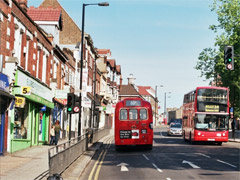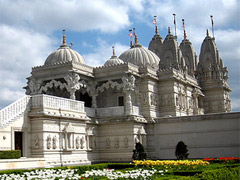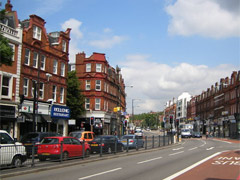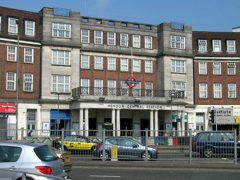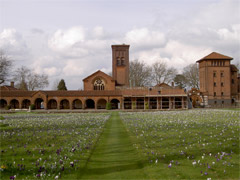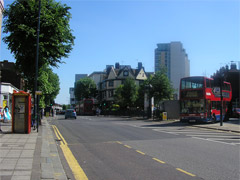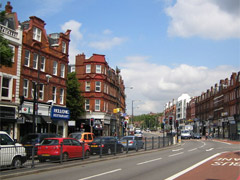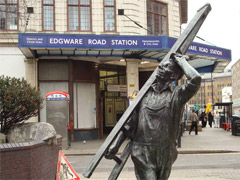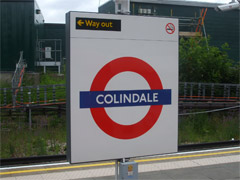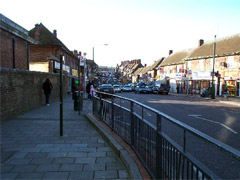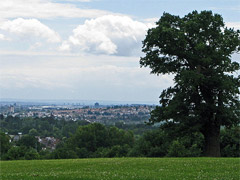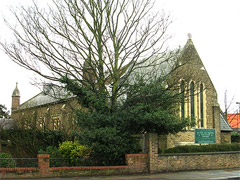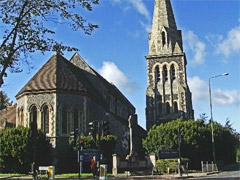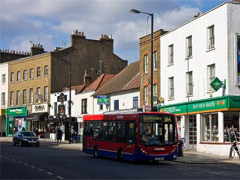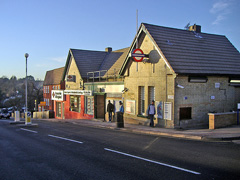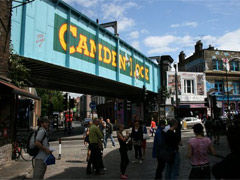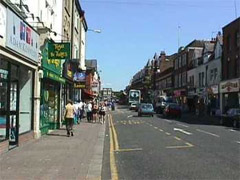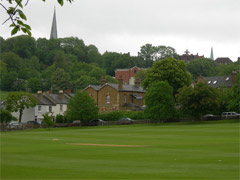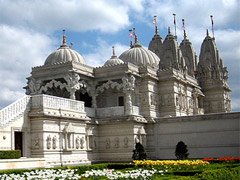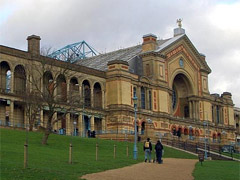Lying on the outer edge of north London, Barnet is the second largest of London's boroughs and has a relatively diverse population and landscape. To the north it benefits from large swathes of countryside, whilst to the south it becomes ever more densely populated towards Hendon, Colindale and Cricklewood. From a reported figure of just 6,000 in 1800, Barnet's population grew rapidly in the mid-nineteenth centry as the capital's ominbuses and trams were introduced and began ferrying commuters and trade up and down the Finchley Road. Today this remains a main link between central London and Barnet's population centres as well as being the route to Brent Cross Shopping Centre, Britain's first example of an American style out-of-town, enclosed shopping centre, which was opened in 1976.
As well as being a diverse borough as a whole with over 30% of people coming from ethnic minority backgrounds, Barnet is particularly known for its large minority Jewish population. Though there is evidence of Jewlish settlers as early as the twelfth century, these people were expelled from the country and didn't return in significant numbers until around 1800 when thousands arrived from Russia and eastern Europe settling in the East End. In the 1930s and 1940s London became a haven for Jews fleeing Nazi persecution in Europe. However it is only since the war the Jewish community has prospered such that there has been a shift out of the East end towards Barnet's propserous enclaves such as Golders Green, Finchely and Hendon. This Jewish influence is much in evidence when passing the Synagogues, kosher shops and the Jewish Cultural Centre at Golders Green.

